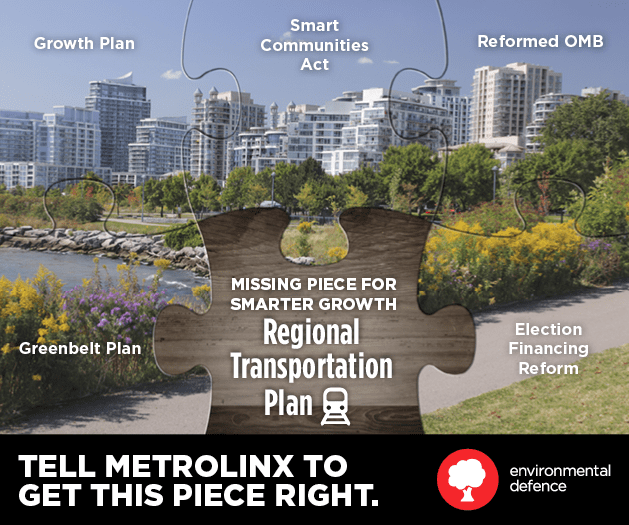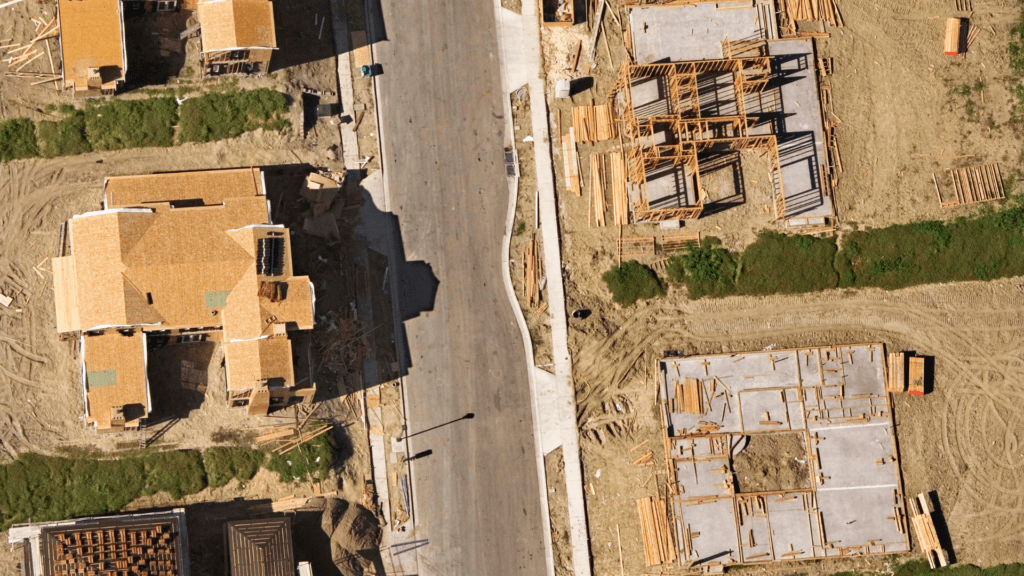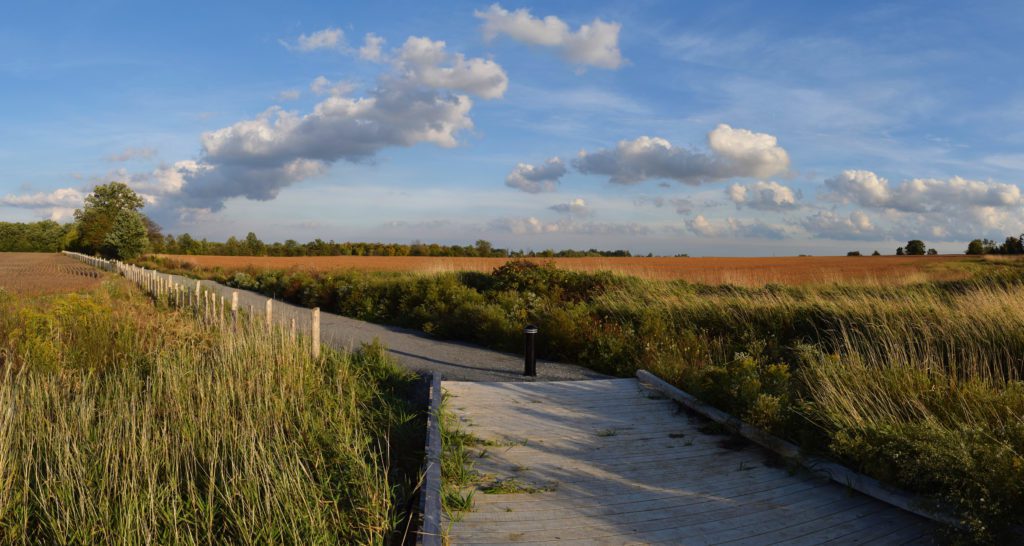As two former municipal councillors, we know firsthand that the odds have been stacked against building smart sustainable communities in the Greater Toronto Hamilton Area (GTHA). Inefficient land use and misguided public transit planning, means that residents have had to live with ever-increasing gridlock, longer commute times, and poorer health. And, we’ve all been impacted by the wide scale decline of farmland and nature, and degradation of clean water sources. But that is all about to change.


For the first time as a province, we seem poised on the verge of transformative change. That’s because, over the last few years the province has tackled sprawl and its causes by passing a series of new or reformed laws:
- Ontario Municipal Board (OMB) reform: Bill 139 is currently before the Legislature. It promises to restore democracy by giving more authority to municipal plans. The new Local Planning Appeals Tribunal, which will replace the OMB, will not be permitted to overturn municipal and provincial plans. This means that cities (not unelected board members) can determine their own future.
- Revision of the four provincial land use plans: The Greenbelt Plan, Oak Ridges Moraine Conservation Plan, Niagara Escarpment Plan and Growth Plan were strengthened. And, in doing so, the rules that require communities to build a better mix of housing, at appropriate densities and permit less sprawl onto farms and forests were improved.
- Smart Growth for our Communities Act: This made changes to the Planning Act and Development Charges Act to allow municipalities to make growth pay its way, thereby reducing the subsidies that encourage sprawl.
- Election Modernization Act: Changes to election financing rules to reduce influence from corporations and unions means that there’s a more level playing field. This act strengthens democracy by encouraging politicians to work for the public good, without influence from corporate or union donations.
These policies and plans work together to create livable communities by directing growth to existing urban areas, limiting sprawl, encouraging fair development decisions, ensuring a diversity of housing options in walkable communities, preserving natural areas and farmland in the province, and empowering democracy.
The last and critical piece of the puzzle is the Regional Transportation Plan (RTP) review, a 25 year plan to get the region moving. The revised RTP by Metrolinx is intended to create a transportation plan that connects cites and people to their jobs, reduces congestion, moves goods efficiently and improves community health. We consider this the last piece of the “livable communities puzzle” because if Metrolinx does not get it right, we can expect more gridlock, more pollution and less smart growth.
With the majority of population growth in the next 25 years expected to occur in cities, we need a transportation system that provides healthy and convenient travel options from places of work to where people live within the region, not just from the “suburbs” to “downtown”. This will require aligning housing and employment density in locations near public transit and ensuring the majority of people can conveniently reach public transit by foot or bike.
There is evidence that the best public transit decisions are not always being made (e.g. billions for a one stop subway to Scarborough) and Metrolinx, the regional transportation agency, has come under fire for making decisions based on politics rather than on evidence about what would best serve citizens. With the next wave of projects estimated at $34 billion — for transit, goods movement, walking and cycling – evidence-based decisions are needed that serve the public interest. With our commute times getting longer, emissions from transportation increasingly affecting our health and our shared climate, getting the public transit plan right is essential for building a healthy, prosperous city region that works.
You can tell Metrolinx to get the politics out of transportation planning and focus on solutions that reduce congestion and improve our health by signing your name here.


This blog was co-written by Susan Lloyd Swail and Erin Shapero.






